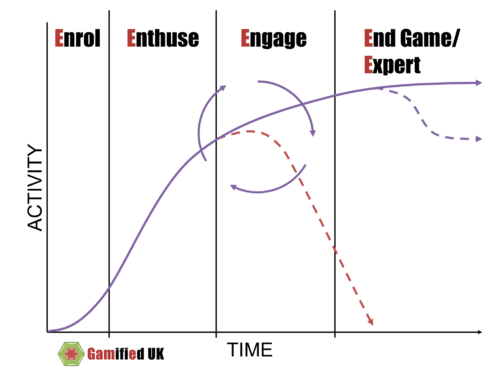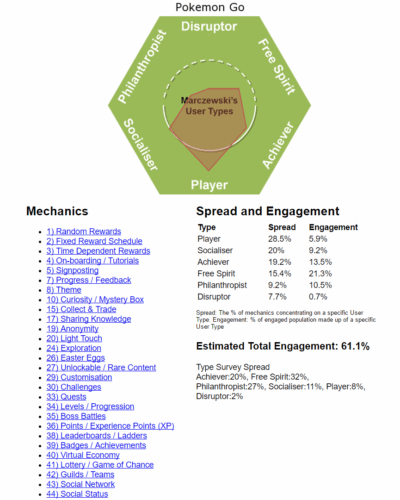If there is one thing that Pokemon Go has shown me, it’s that nostalgia is a powerful tool in onboarding. The main reason I played it to start with? I used to love Pokemon – just like everyone else I knew. I was around 16 or 17 when it first appeared on the Gameboy in the UK and I immediately fell in love with it. This is a familiar story for a couple of generations as the game has managed to reinvent itself (or at least add more Pokemons) every couple of years since then!
When I heard about Pokemon go, it was not the clever use of augmented reality that attracted me, it was the chance to be Ash and go and “Catch ‘em all” that got me. Once I played it, it felt familiar. The Pokemon matched to those found in my first encounters with the game. Pikachu was there, Bulbasaur, Squirtle, Pidgey etc. I felt comfortable, as if I was in the cartoon I used to watch back in the day.
Familiar Themes
It is that instant familiarity that gives Pokemon Go its instant appeal to many players and it is something we should make more use of in Gamification. If you can find a theme that feels familiar to the players, you can onboard them much faster. It doesn’t seem so alien if they instantly go “Oh I used to love that when I was younger” or “This is just like XY or Z that I love / use already”. I have said before; gamification is a strong tool for lowering the barrier to entry when trying to get across new concepts.
Familiar UI and UX
It’s not just themes that can help make something feel familiar, everything around the user experience can benefit. Why do you think most FPS games have the same control scheme? It’s not just because years of trial and error have provided “the perfect scheme”, it’s because the designers don’t want to force new players into learning something totally new. They want new players to get straight into the game and learn the cool things that the game has to offer beyond every other game.
The same goes for where the inventory is shown, mini maps, health and more. Most games have them in vaguely the same position on screen.
The Lesson
If you can create a theme that triggers feelings of nostalgia and familiarity in players, then you will accelerate your on-boarding.
If you can add to that a familiar user experience, drawing on other popular apps or experiences, then you can help to not only accelerate the on-boarding / enrolment but also prolong the engagement afterwards (the Enthuse / Engage phase of the EEEE User Journey)

Similar Posts:
- Pokemon Go: The Good, The Bad and Some Lessons
- Feedback and Drivers in Gamification
- Top 10 Posts and Pages from 2013



